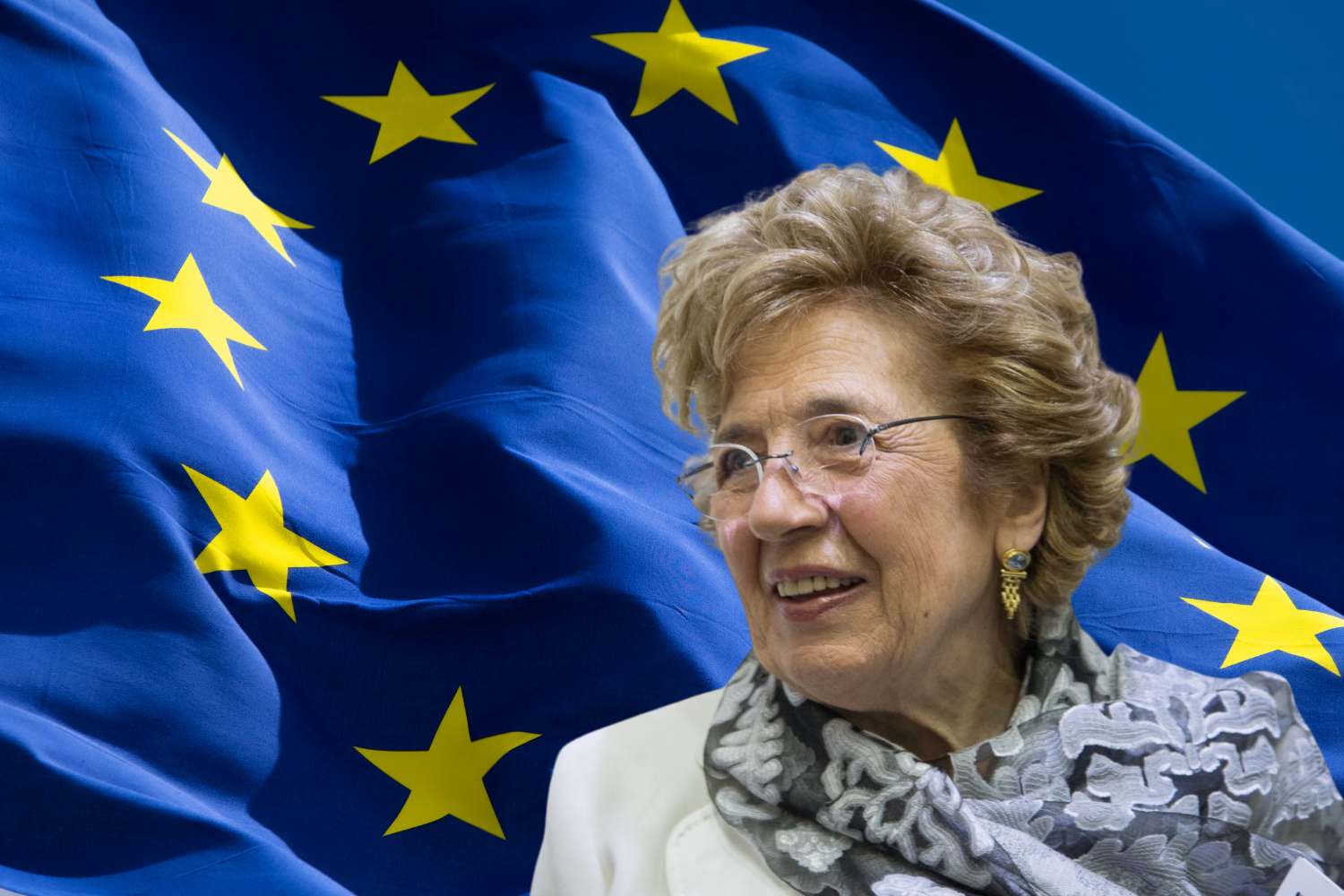Sofia Corradi, known as the Erasmus Mother, passed away at 91, the woman who forever changed the education and future vision of millions of young Europeans. Hers was the idea — born in 1969 after an academic injustice — to create an exchange program between universities, which became reality in 1987 with the birth of Erasmus

Table of contents
Millions of young Europeans can say they’ve lived an extraordinary experience, a moment in life that made them more free, more curious and aware. It’s called Erasmus and it’s the university mobility program that has united Europe more than many political treaties.
A true cultural revolution, behind which stands an Italian woman, Sofia Corradi, professor of Lifelong Education at Roma Tre University, known worldwide as the Erasmus Mother. Sofia left us recently at the age of 91, but she leaves behind an immense legacy.
The idea born from humiliation
It all began in 1969, when Corradi, after earning a law degree and a Fulbright scholarship at Columbia University in New York, returned to Italy to have her exams taken in the United States validated. The university’s response was a contemptuous refusal.
They looked at me with disdain – she recounted in an interview with TPI – as if I had wasted time abroad instead of learning.
It was in that moment, between disappointment and anger, that the idea was born: to make the experience of studying abroad a right for everyone, not a privilege for a few. Corradi understood that living and studying in another country could profoundly change people, opening minds, breaking down prejudices and building bridges between different cultures.
18 years of battles (and obstinacy)
Convinced of the strength of her vision, Sofia Corradi spent a full 18 years making it a reality. She wrote, traveled, spoke with rectors and European officials, facing meetings, resistance and bureaucracy. Until finally, in June 1987, the project was officially ratified by the Council of Ministers of the then European Community.
Thus the Erasmus Program (European Region Action Scheme for the Mobility of University Students) was officially born. In the first year, only 3,000 students participated, but the seed had been planted.
“They asked me why I wanted to send young people to study in Germany to chase blonde girls. I answered that in Italy they could chase brunettes, but that wasn’t the point: what mattered was that exams taken abroad were also recognized in Italy.
Today’s Erasmus: more inclusive and longer
Since 2014, Erasmus has been reformed and strengthened as part of European objectives for 2020. Today there is no longer any distinction between different types of mobility (Erasmus, Erasmus Mundus, Placement, Leonardo): everything has merged into one large program, open not only to students, but also to professors and university staff.
The timeframes have also changed: you can stay up to 24 months total between bachelor’s and master’s degrees, and repeat the experience more than once. Economically, the European Union has introduced a new scholarship system, differentiated based on the cost of living in various countries. Italy is placed in the highest bracket to compensate for higher expenses.
A cultural (and emotional) legacy
To date, it’s estimated that more than four million students have participated in the program. And it’s not just education, but a teacher of life and the weaving of solid social relationships (from many of these experiences, over a million children have been born, offspring of romances that blossomed during exchanges). It’s an idea of Europe that is built not in the halls of politics, but in university classrooms, in shared homes, in bonds that transcend borders.
Sofia Corradi, with her obstinacy and her faith in the value of education, made all this possible. Not a hero, as she liked to say, but a “pragmatic visionary” who believed that knowledge could be the most authentic form of peace.
